The glory of Gothenburg, nights out at Radar’s and Hollywood fame for a north-east village are all recalled in a new book.
Aberdeen in the late 1970s and early 1980s plays a major role in Stopping To Rain, the sequel to Mike Kernan’s acclaimed debut novel, The Fenian.
The first part of the new book is set in the West of Scotland but one of the main characters flees north to escape a shameful secret.
A string of familiar locations feature from the moment the teenager steps off the coach from Glasgow at Guild Street bus station.
The Dons’ open top bus remembered
She starts nights out with college pals at Oscar’s Bar, in the old Capitol Theatre building, before going on to the likes of Radar’s, in Belmont Street, and Ritzy’s, in the former Palace ballroom.
One scene is set the night after Aberdeen’s European Cup Winners Cup heroes stage an open-top bus parade.
As the character settles into life in Aberdeen, she gets to know north-east landmarks like Pennan village shortly after scenes for 1983 hit movie Local Hero were shot there.
Former journalist and lecturer Mike, 66, explained there were two main reasons why he chose Aberdeen as the location for part of the book.
He said: “The character in the story suffers a traumatic, life-changing experience and needs to go somewhere far enough away that there is little chance of her bumping into anyone from her past.
“At the same time, I wanted a place where she could build a new life so I gave her a student pal to move in with.
“When I was growing up near Glasgow in the 1970s, not everyone had cars and, of course, there was no such thing as social media for people to keep in easy contact so Aberdeen felt remote to us.
“I remember going to Arbroath and Montrose on holiday as a child which seemed a mammoth trek by train in itself, and being vaguely aware that
Aberdeen was further away still.
Family connection
“Then, of course, we became more aware of Aberdeen when its football team started to dominate the Old Firm clubs most of us supported, but it still seemed very far away.”
The decision to locate part of the drama in the city was clinched by a family connection.
Mike explained: “My daughter is also a journalist and she moved here in 2005 to work on the Journals.
“My wife and I came to stay regularly and I spent a lot of time getting to know the city and the surrounding area.
“Although I obviously can’t claim an intimate knowledge of Aberdeen in the 1980s, I at least had a decent grasp of the geography – right down to the cobbles outside a shop the character ends up in by chance.”
To fill in the gaps, Mike carried out extensive research and turned to local history buffs for assistance.
He added: “One of the great discoveries I’ve made since I started writing books is how willing people are to share their knowledge.
“It was no different when I asked questions of local groups and I got particular help from members of the Aberdeen and NE Family History Society who I mention in the book’s acknowledgements section.
“One member not only suggested a traditional pub where my character could work but even gave me its local nickname which makes the story all the more authentic.”
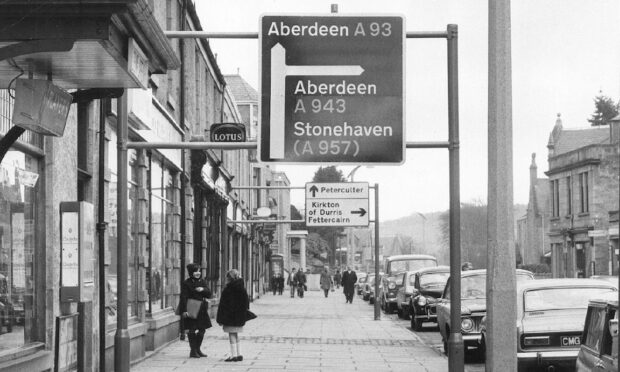
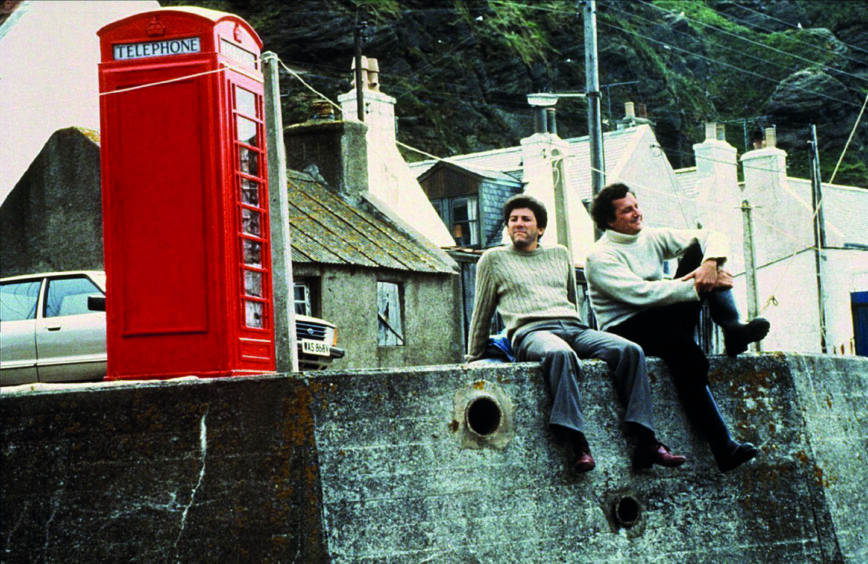
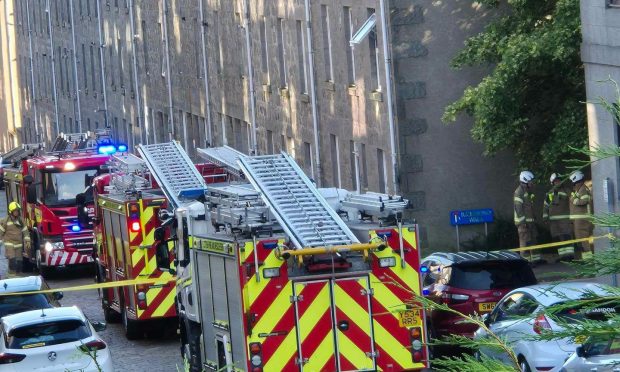
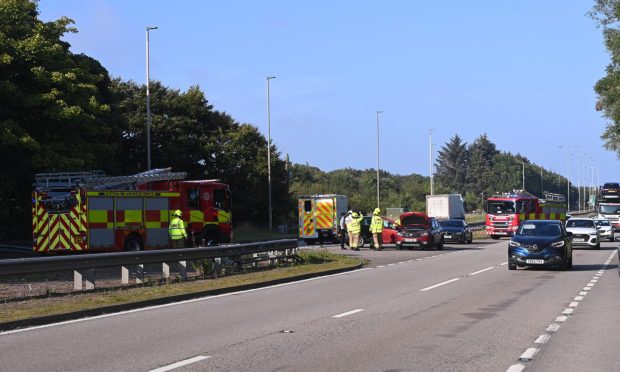
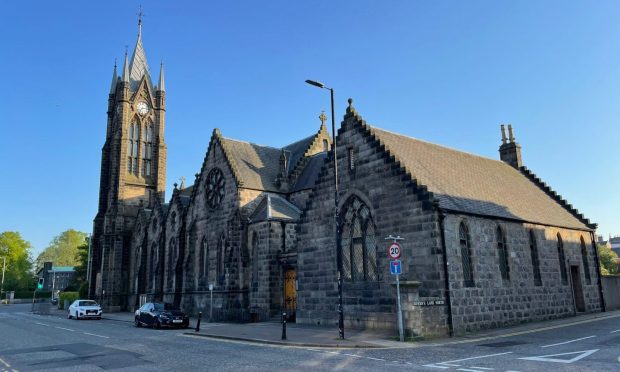
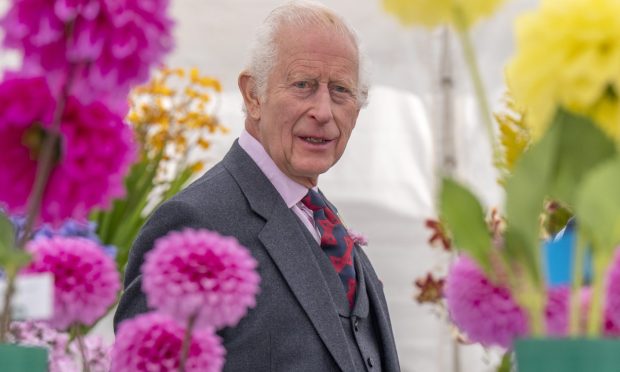
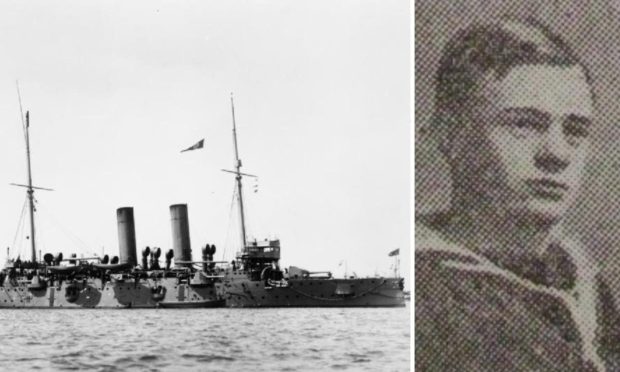
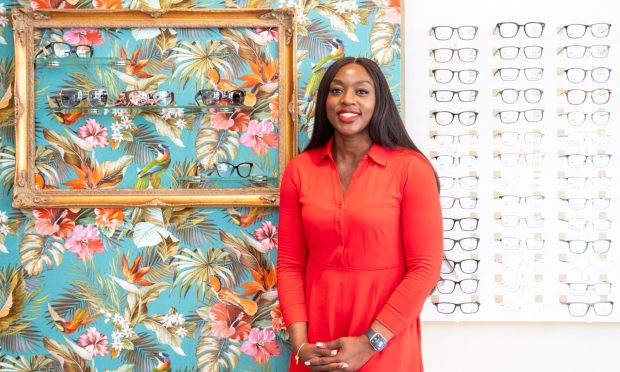
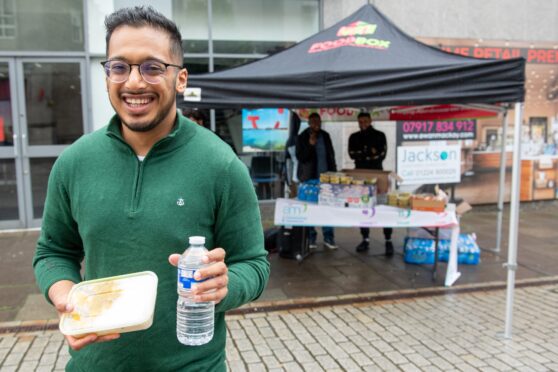
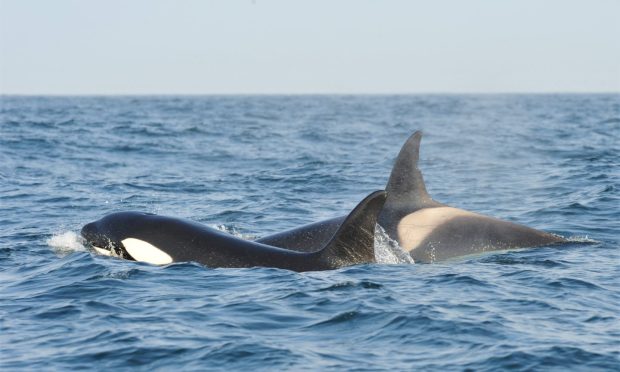
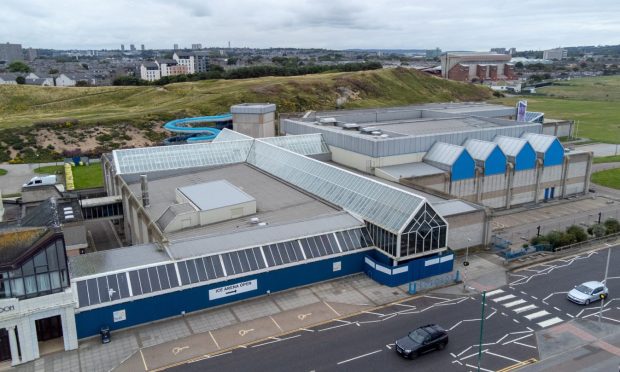
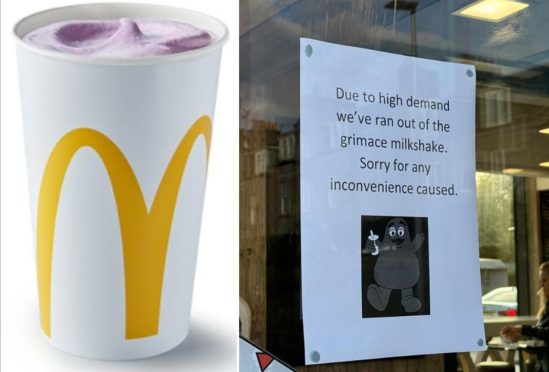
Conversation